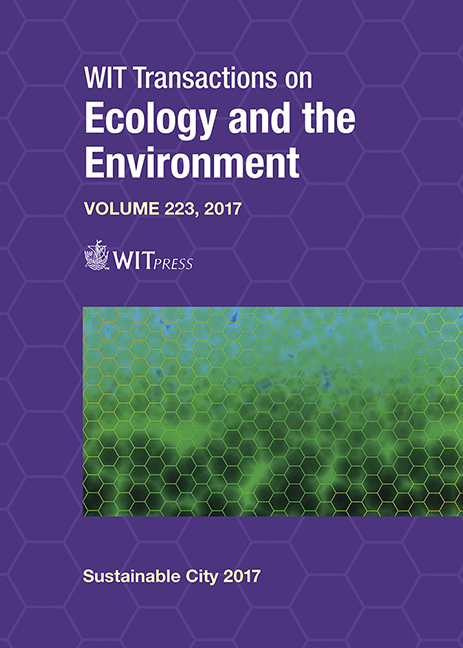EDITING THE ORDINARY: EXCEPTIONAL RENDITION OF NGO-KA-KI HOUSE
Price
Free (open access)
Transaction
Volume
223
Pages
12
Page Range
377 - 388
Published
2017
Size
675 kb
Paper DOI
10.2495/SC170331
Copyright
WIT Press
Author(s)
MOHD FAIRUS KHOLID, PUTERI MAYANG BAHJAH ZAHARIN, KARTINI KASMURI
Abstract
The Chinese embodiment in most major cities in South-East Asia is widely being articulated through the existence of shop house. Its renowned status has overshadowed the “Attap” house that was built during the early Chinese migration. In Malaysia, evidence has shown that shop house was first derived as a simple “Attap” hut that was built by the Chinese merchant to service the tin miners. The “Attap” house is also said to lay the basis for shop house. This paper aims to explore the Chinese spatial and spiritual essence through the interpretation of the layering of the Chinese “Attap House”. Certain perspective of Chinese family structure and their perception on cosmological epitome, profitability and growth, and the concept of flexibility through the creation of ‘Kaki Lima’ are thoroughly identified. “Kaki Lima”, or five-foot way in English, is translated as “Ngo-Ka-Ki” in Chinese dialect. As such, the interpretations of the Chinese “Attap House” are edited and formulated into a scheme, which is not merely a house but rather incorporated as a manifesto. The “Ngo-Ka-Ki House” is a setting to investigate the paradox of Chinese essence that alters the spatial quality of a living quarter, thus anchoring the idea of Chinese living in a broader spectrum.
Keywords
chinese embodiment, shop house, five-foot way, spatial quality, living quarter





